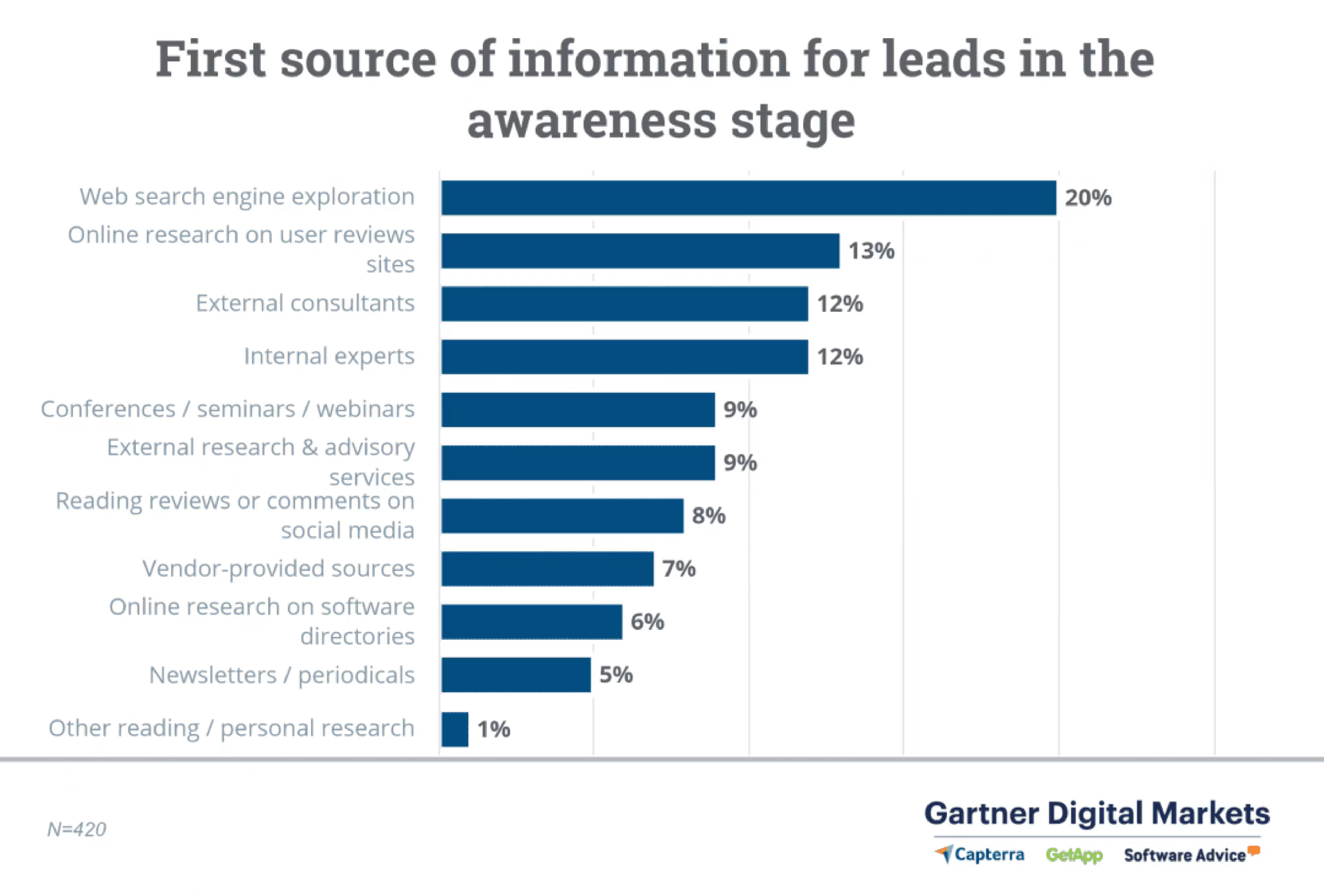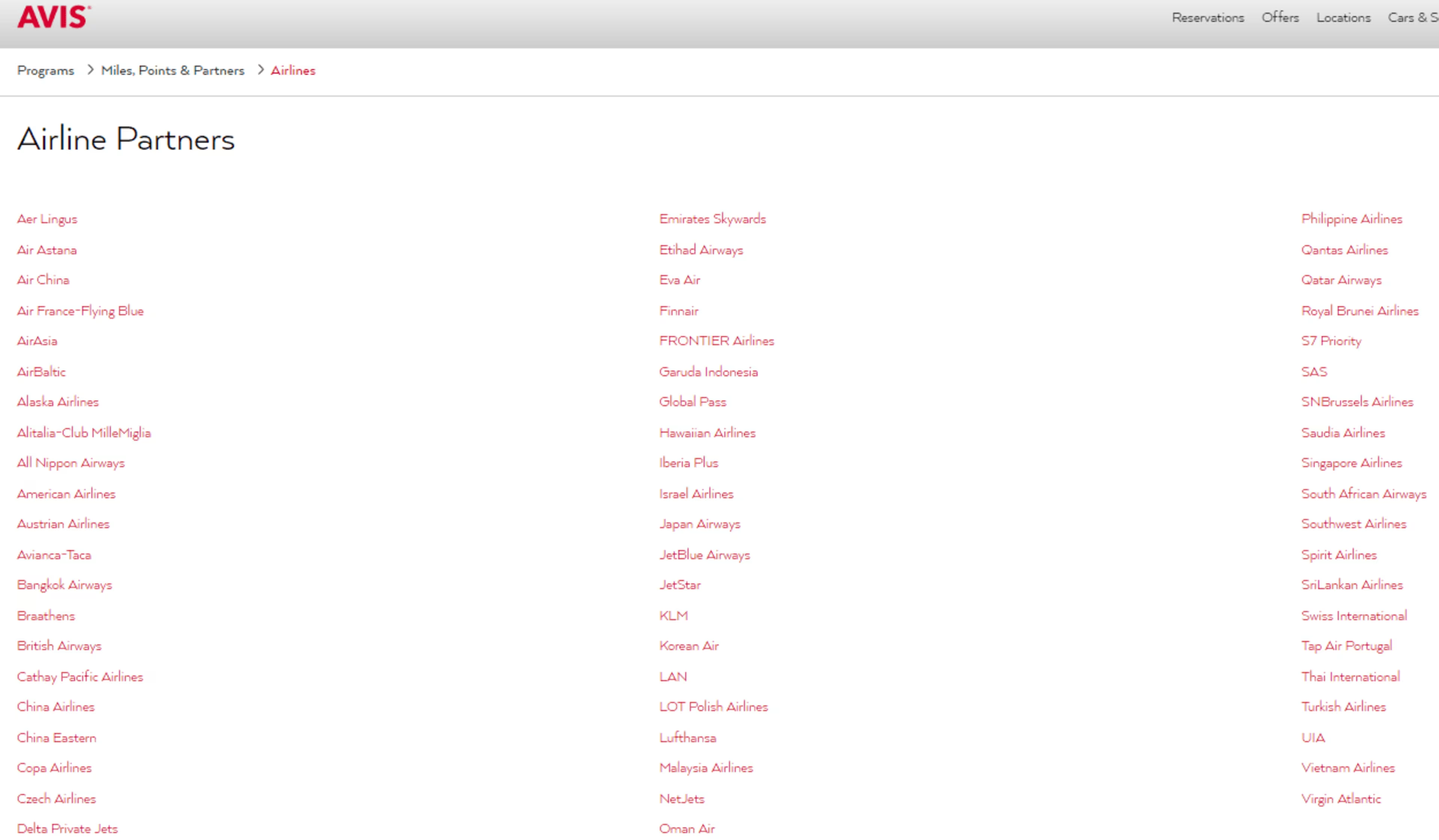"Is Pepsi OK?"
If you've eaten at a restaurant, you've probably heard these words.
Pepsi has even taken to combating this with their recent Steve Carrell-powered ad campaign.
But you'll never hear, "Is Dr. Shasta or Dr. Bold or Bubbles McGee OK?" In a world where big names collect big attention, grabbing any modicum of brand awareness can prove nigh impossible for small to midsize businesses (SMBs).

For SMBs, there's the additional stress of making sure that limited resources are properly allocated. So you might be asking yourself if increasing brand awareness should really be a priority. What's the return on your investment (ROI)?
Considering Maersk, a shipping company, saw an approximate 1,500% ROI from their 850,000 Facebook community page members, there's plenty of profit to be had. And when you're up against giants, getting your name–and your identity–out there is crucial.
1. Clearly establish your brand identity before wading into the digital world
Brand identity is the culmination of a plethora of factors from things as granular as color scheme and line width for graphics to things as broad and sweeping as your mission statement.
All of those factors have to be born from a sense of personal identity, and every one of them must work in concert to put that on display.
Be authentic with who you are
Every company wants to help their customers. In fact, in an analysis of 50 mission statements from some of the most successful companies in the world, the words “help," “customers," and “people" are some of the most frequently used words.
So how do you stand out? You have to develop an honest and specific representation of who you are.
Ask yourself what your company does. Why did you get into it in the first place? Who are your employees? Why did they choose to work for this company?
By effectively communicating these facets of your company's personality, you can endear yourself to your customers and gain their trust. Trustworthiness is, in fact, one of the most important factors in lead-vendor interactions according to a 2018 Gartner Digital Markets survey.
Develop a true understanding of who your customers are
As you've built yourself up as a company, you've come to understand the people who are buying your products.
By collecting customer data, including demographics and reviews, you can see what pain points your product has been addressing and who specifically is buying what you're selling.
This can help you decide how you write about your brand identity.
For example, Esurance created a recent advertising campaign complete with a new slogan: “Surprisingly painless."

Esurance's ad campaign acknowledges the struggles of their customers and leads (Source)
They know their customers' pain point is the frustrating process of procuring insurance. They also know that there are many other companies that seek to address this issue as well.
The surprisingly painless slogan touches on both of these facts: that their customers don't want to experience an inconvenient process and that they've been burned before. This sets Esurance apart from the rest of the world of insurance resources.
Understand what's important to you and your customers
Your customers care about things outside of the business world—as do your employees (and you).
Talk about those things. Find social and charitable causes that matter to your leads and your customers and take part in digital campaigns to help them.
Having causes and positions you care enough about to defend and support is to be applauded as consumers want an increasingly personal feel to their interactions with vendors.
2. Find fruitful channels to engage your leads
Now that you have a stronger understanding of your brand identity, it's important to figure out the best way to communicate that message with your leads and customers to expand your brand awareness.
A 2018 Gartner Digital Markets survey shows the popularity of the different communication channels for leads at SMBs.

As the chart shows, 41% of SMBs use web searches and 29% use social media at some point during the awareness stage, even if it isn't the first source of information.
While this is helpful as a starting point, you'll still need to do some of your own research to determine which are the most beneficial channels.
A/B testing
A 2017 survey by Statista shows that, while there are some variations in terms of age (45% of 18- to 29-year-olds use Snapchat as opposed to 16% of 30- to 59-year-olds), the number of people using social media continues to rise across the board.
In fact, Gartner found that 94% of your competitors are using social media to increase brand awareness (full research available to Gartner clients).
So how do you figure out which social media channel is the best to use? The answer is A/B testing.
A/B testing is essentially a set methodology for trial-and-error. You offer two different types of content or the same content on two different types of channels to see which message has the biggest impact and where.
Develop a consistent voice for each channel
One thing to keep in mind: Once you've found your preferred channels, you need to focus on creating a consistent brand voice.
Whether this means you vary your language based on the channel or you keep a broader voice that appeals and works across all channels is entirely up to you.
However, it's something that is slightly more nuanced than A/B testing will allow and requires frequent retooling to make sure that voice remains consistent.
At the end of the day, your voice is also a product of your brand identity and needs to be treated as such.
3. Help your audience interact
One of your biggest keys to increasing brand awareness is through the online community of your current customers.
Brand advocates can help generate awareness of your company, and online forums on social media (such as a Facebook community page) enable people to voice concerns and engage with both you and other users.
Here are a few other ways you can incentivize your customers to generate brand awareness:
Create a referral program that benefits both customer and leads
A referral program is a system whereby your current customers do your recruiting for you. They receive a financial or product-based incentive for helping find and convert leads on your behalf. In the most effective cases, those leads also receive a financial incentive for becoming customers.
In this situation, everyone wins. Your customers see a direct benefit to talking to their friends and fellow business owners because of the immediate financial incentive.
You will already note a value increase in the eyes of the new leads. There will be no harm to them in doing more research about your product, especially if there's the opportunity for free service.
Your customers will help push that idea forward and will be able to make a much more detailed and impassioned case for your product.
Business-oriented hashtags
If financial incentives don't fit into your budget, there are still ways to engage potential future leads.
Take a page out of Hyatt's playbook. They created a branded hashtag (#worldofhyatt) that, as of this writing, has more than 33,000 posts on it on Instagram alone with photos from Hyatts across the globe.

#worldofhyatt posts demonstrate not only the number of people using Hyatt but also the wide array of locations they have (Source)
Branded hashtags can provide a unique take on your product and can generate buzz and excitement among your customers. By creating that conversation, you'll carry more clout in the digital marketplace and rank higher for searches for your product type.
You can also use broader, industry-specific hashtags, such as #software, as a way of reaching a wider audience. It'll be less specific to your product, but your presence in that specific topic will be noticed by more people, and though the leads will be lower quality, there will be more of them.
4. Network with industry partners online
Your customers aren't the only ones who should be interacting with their peers to boost your brand awareness.
Developing partnerships can take a number of different forms. The below two are by no means the only forms, but they are both highly effective means of partnering with members of your own industry.
Write guest posts
Find influential publications, blogs, journals, and even podcasts and web series where you can provide content.
This positions you (and your brand) as a thought leader and a venerated expert, and leads to an increase in trust because a source that your new leads trust now trusts you as well.
Partner with companies that address similar target groups
This doesn't mean that you should partner with your competitors.
Think of it this way: People who travel often need to book a hotel, a rental car, and plane tickets. Companies that offer each of these products or services will partner with companies that address the other needs of “people who are traveling" in order to offer discounts, bundled products, etc.

Avis has over 60 airlines they partner with in order to offer discounts and incentives to their shared customer base (Source)
So ask yourself the following questions in order to find an appropriate company to partner with:
Who is using your product?
What do they use your product for?
What other software might they need to accomplish those goals?
Who sells that type of software?
From there, it's a question of tapping into those companies to understand their brand identity and see how it complements yours.
You can build off of one anothers' digital following to cross-pollinate and generate increased brand awareness for each of you.
5. Keep in mind that digital doesn't mean forgetting brick and mortar
While we operate in an increasingly digital world, don't count out the value of things happening in the physical world when focusing on online brand awareness.
Experiential marketing can go viral
As part of Esurance's "Surprisingly Painless" campaign, they set up pop-up wellness fairs on Monday mornings in cities across America.
Those fairs were then captured and documented by all of the people who attended and shared by countless friends and coworkers who didn't.
That led to a marked increase in visibility.
A coffee shop in Austin, TX, has the words “I love you so much" painted on the side of their building and has become a hot-spot for Instagrammers and people looking to bulk up their Tinder profile.

Nothing says commitment or social engagement like chartreuse vandalism (Source)
By creating real-world marketing schemes that can be shared and discussed online, these companies—and yours—help to expand their brand awareness in the digital age.
Where to get started
There isn't really a single place to get started, once you've figured out what your brand identity actually is.
You need to take every possible opportunity to reach out to your audience. Any possible touchpoint is an opportunity for expanding your brand awareness.
In the words of Winston from "New Girl," "Be there. Just be there."
It's sound advice: Presence and engagement are the two key factors for expanding your brand awareness. If people are talking to one another, be there. If people are looking for industry experts, be there.
And eventually, inevitably, people will be looking for you, and there you'll be.
Thinking about hiring a branding agency to help your business set up a branding strategy? Browse our list of branding agencies and learn more about their features in our hiring guide.
Narrow your search with our list of companies in the following areas: